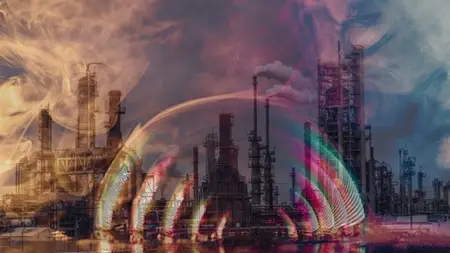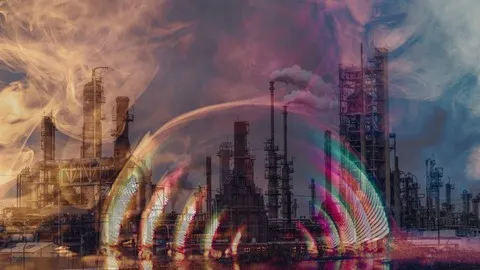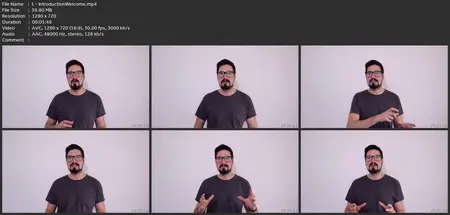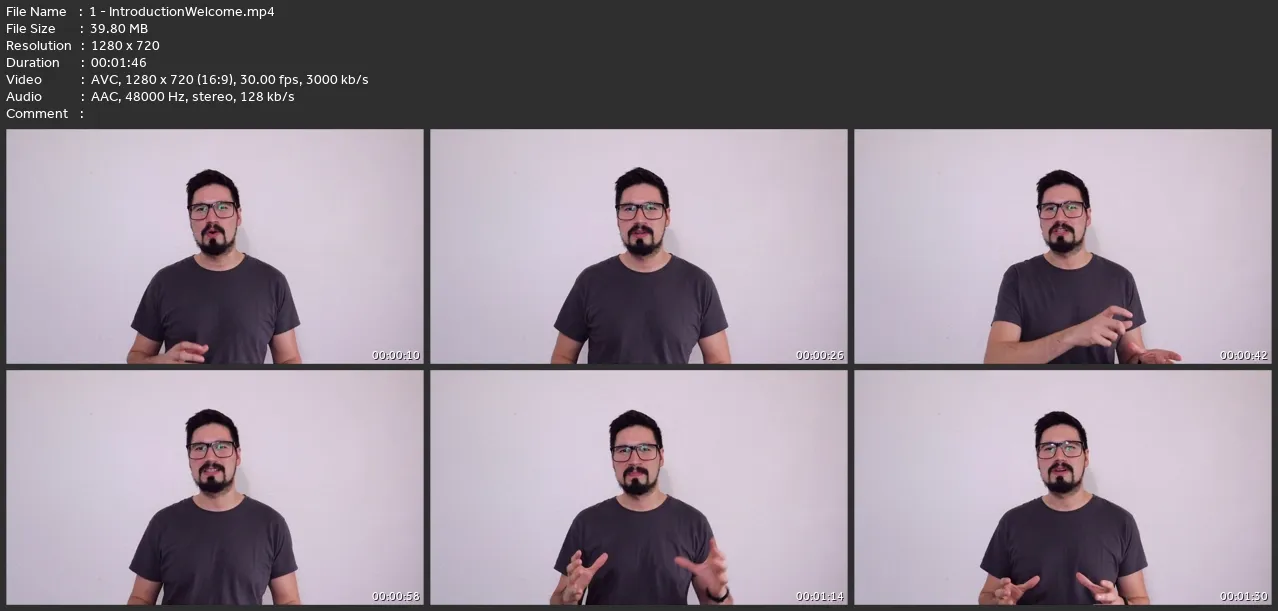Mass Transfer Principles For Vapor-Liquid Unit Operations
Last updated 2/2024
MP4 | Video: h264, 1280x720 | Audio: AAC, 44.1 KHz
Language: English (US) | Size: 6.86 GB | Duration: 14h 52m
Last updated 2/2024
MP4 | Video: h264, 1280x720 | Audio: AAC, 44.1 KHz
Language: English (US) | Size: 6.86 GB | Duration: 14h 52m
The Principles required to understand Distillation, Absorption, Stripping, Flashing, Gas Treating, Scrubbing and more!
What you'll learn
Mass Transfer Basics (Diffusion, Convection, Concentration Gradient)
Concepts such as Vapor Pressure, Partial Pressure, Volatility, Solubility
Ideal vs. Real Cases
Flux, Mass Transfer, Mass Flow, Molecular Diffusion, Eddy diffusion
The Concept of Equilibrium in Solubility & Vapor-Liquid
Gibbs Phase Rule for Binary Diagrams (T-xy, P-xy, XY)
Models for Vapor Liquid: Henry's Law, Raoult's Law
Deviations such as Azeotropes
Molecular Diffusion - Fick's Law
Diffusion Coefficient aka Diffusivity
Equimolar Counter Diffusion vs. Unimolecular Diffusion
Convective & Interphase Mass Transfer
Mass Transfer Coefficient (Local vs. Overall)
Theories for Interphase Mass Transfer: Film, Penetration, Surface Renewal, Surface Stretch
Two Film Theory
Mass Transfer Principles applied to Industry - Gas absorption & Distillation
Requirements
Basic Sciences (Chemistry & Physics)
Description
Introduction:This course covers all the theory required to understand the basic principles behind Unit Operations that are based on Mass Transfer. Most of these Unit Operations (Equipments) are used in Process Separation Technologies in the Industry.Common examples are Distillation, Absorption and Scrubbing.This course is required for the following:Flash DistillationGas Absorption & StrippingSimple DistillationBatch DistillationBinary DistillationFractional DistillationScrubbersGas TreatingSprayers / Spray TowersBubble Columns / Sparged VesselsAgitation VesselsPacked TowersTray TowersWe will cover:Mass Transfer BasicsDiffusion, ConvectionFlux & Fick's LawThe Concept of Equilibrium & PhasesGibbs Phase RuleVapor PressureEquilibrium Vapor-Liquid Diagrams (T-xy, P-xy, XY)Equilibrium CurvesDew Point, Bubble PointVolatility (Absolute & Relative)K-ValuesIdeal Cases vs. Real CasesHenry's LawRaoult's LawDeviations of Ideal Cases (Positive and Negative)AzeotropesSolubility of Gases in LiquidsInterphase Mass Transfer and its TheoriesTwo Film TheoryMass Transfer Coefficients (Overall vs Local)Getting Vapor-Liquid and Solubility DataSolved-Problem Approach:All theory is backed with:ExercisesSolved problemsProposed problemsHomeworkCase StudiesIndividual StudyAt the end of the course:You will be able to understand the mass transfer concepts behind various Unit Operations involving Vapor - Liquid Interaction. You will be able to apply this theory in further Unit Operations related to Mass Transfer Vapor - Liquid, which is one of the most common interactions found in the industry.About your instructor:I majored in Chemical Engineering with a minor in Industrial Engineering back in 2012.I worked as a Process Design/Operation Engineer in INEOS Koln, mostly on the petrochemical area relating to naphtha treating. There I designed and modeled several processes relating separation of isopentane/pentane mixtures, catalytic reactors and separation processes such as distillation columns, flash separation devices and transportation of tank-trucks of product.
Who this course is for:
Engineers,Chemical Engineers,Engineering Students,Process engineers,Petroleum Engineers,Petrochemical Engineers





